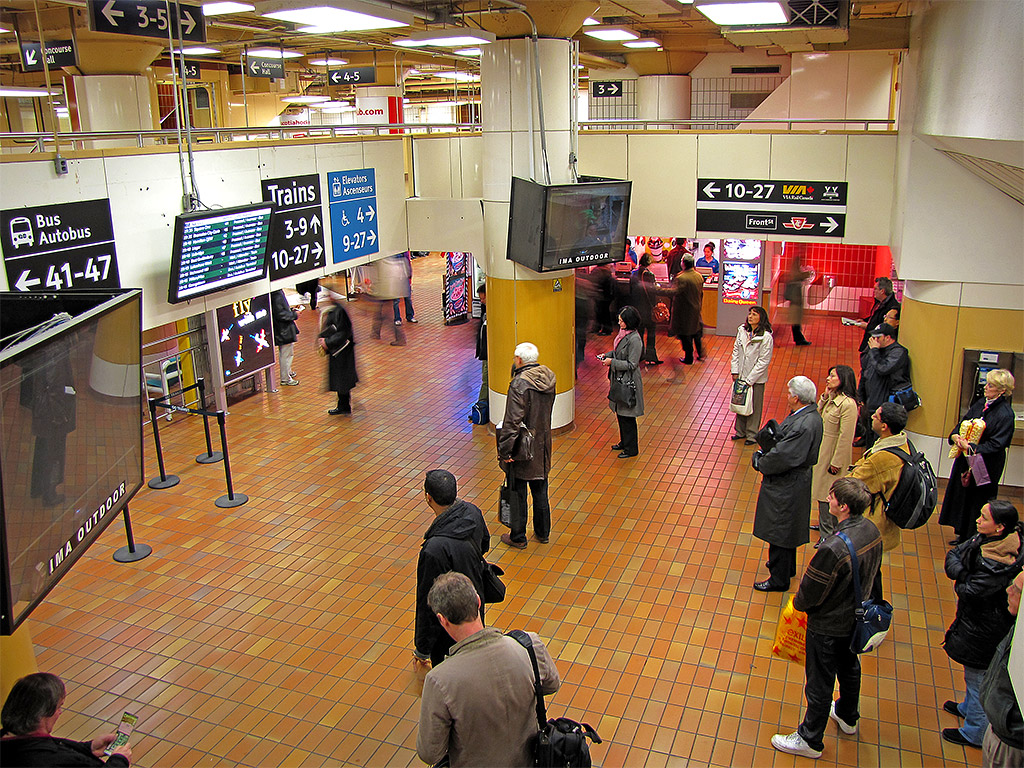MangaReader
Active Member
- Joined
- Jun 2, 2007
- Messages
- 1,821
- Reaction score
- 12
I threw away all my paper maps considering now we have GPS, phone, and online sources.
Why need paper map when you have online nowadays? I threw away all my paper maps considering now we have GPS, phone, and online sources.
Rotating stop sign
The 1930s saw the invention of yet another signal. This was a unique combination of highway flasher and rotating stop sign. An approaching train would trigger not just the requisite red flashing lights and bells, but a mechanism that rotated a yellow stop sign ninety degrees to face traffic as well. (The signs eventually changed to red.)[1] This type of signal was relatively common throughout the midwestern United States; few made their way out west.
Surviving signals
Today, only three rotating stop sign signals remain in active use in the West. Two guard a crossing in Tacoma, Washington and a single Griswold guards a Union Pacific spur line on Bayshore Highway in San Jose, California; its mate was knocked down by a car in October, 2002 and was replaced by a standard flasher and electronic bell. One remaining pair guards a grade crossing on a spur in Northeast Minneapolis, Minnesota and is still in complete working order with rotating stop sign. Several remain in use in the Twin Cities area on low train traffic lines, but with only the flashers in working order- the unique rotating stop signs have been removed and disabled.
ChicagoBlue2
Do you have a paper map that shows the whole state of Illinois?
I still buy the paper road atlas, also get them free from AAA to travel.
Guess some people have been everywhere ? Tell them to get lost and they start crying because they cant since they know their way EVERYWHERE.

This is Millenium Street Station. This station is the only one that is underground, and there's a reason for that. You see, the Metra Electric and South Shore Line run on cable wires with high voltage, and those wires are on lower ground, and not anywhere dangerous. I visited this station only once-- in 2009, and I must say-- it was neat.
.jpg)





